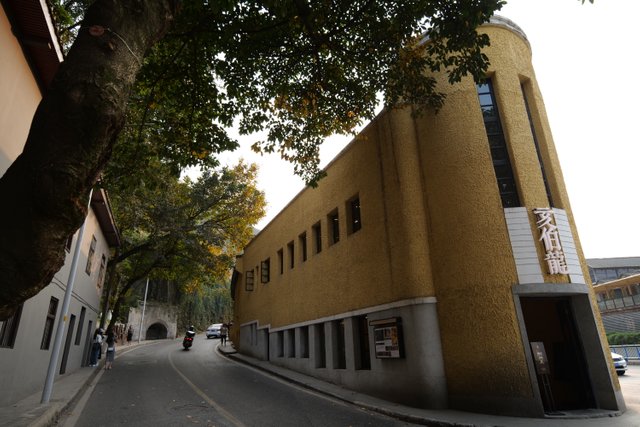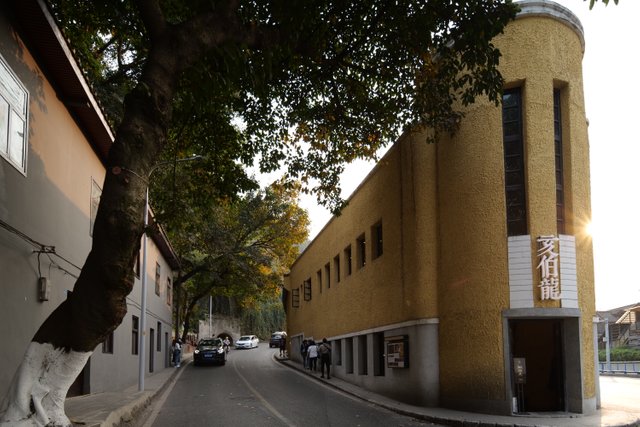Review:Laowa 20mm f/4 Zero-D Shift lens
Review:Laowa 20mm f/4 Zero-D Shift lens
Not long ago, the Laowa 15mm F4.5 Zero-D Shift lens became a near-instant hit thanks to its quality and affordability. Recently, Venus Optics has unveiled the new Laowa 20mm f/4 Zero-D Shift lens. It’s an ideal option for architectural photography and more as the wide-angle lens that gives arguably the more important half of the functionality of full tilt-shift like the Canon TS-E 17mm f/4. In addition, the Laowa FF S 20mm is a much more affordable lens, costing about one-third as much as the Canon TS-E 17mm f/4.
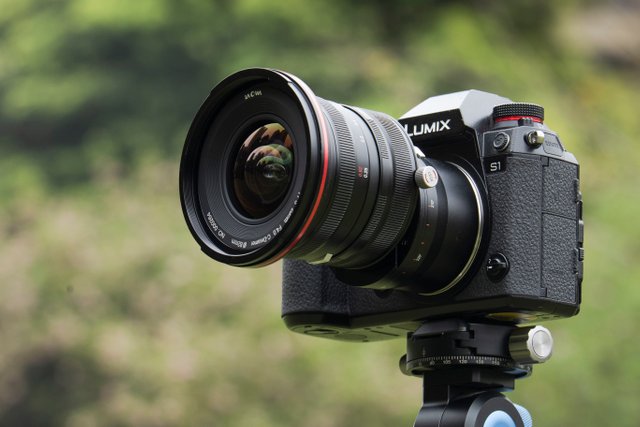
For the uninitiated, a tilt-shift lens (also called a perspective control lens) changes the position of a lens in relation to a camera’s image sensor. When the lens tilts so that it is no longer parallel to the camera’s image sensor, it shifts the plane of focus and alters the depth of field. When the lens shifts, it recenters the image entering your camera, allowing you to take photos from what appear to be different vantage points without moving the camera body.
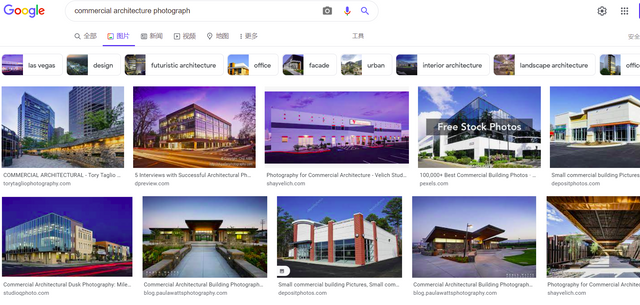
You can use a tilt-shift lens for various types of perspective correction. The lens helps you to create a miniature effect, eliminate perspective distortion in architectural photography, photograph a mirror, shoot landscape photography and shoot portraits with multiple points of focus.
And the biggest service offered by a tilt-shift lens is to eliminate perspective distortion in architectural photography. A key advantage for architectural photographers is that you can level the camera to avoid tall buildings looking like they’re converging towards the top, then use the shift function to raise your effective shooting elevation, so you can capture the full height of the building without any perspective distortion.
Build quality and Design
The Laowa FF S 20mm supports plentiful mount options that include both Canon EF, Pentax PK and Nikon F for DSLRs, plus native mirrorless versions in Canon RF, Nikon Z, Sony E and Leica L flavors. There’s also a GFX-mount edition for medium format cameras.
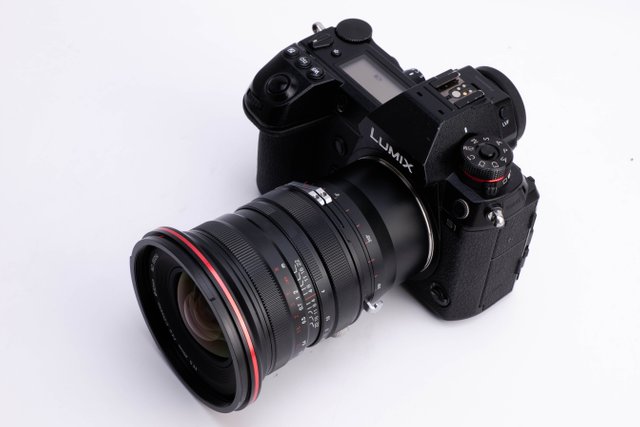
We got hold of the version for the Leica L mount. Its construction certainly befits its price tag, with a solid all-metal design. The Lens we received measures 125mm (4.9") with a barrel diameter of 91mm (3.5") and a weight of 780g (27.5oz) (To visualize this, think of a little bigger than a 330ml Coke can). And that would cut 30mm (1.1") in length and 30g (1.0oz) in weight when the lens is changed into the version suitable for DSLR sibling.
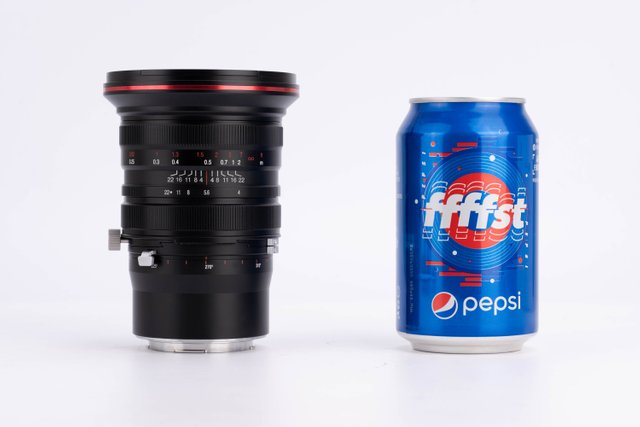
It may be a little chunky for some of you, but it’s not a question at all since the lens is almost used with a tripod.
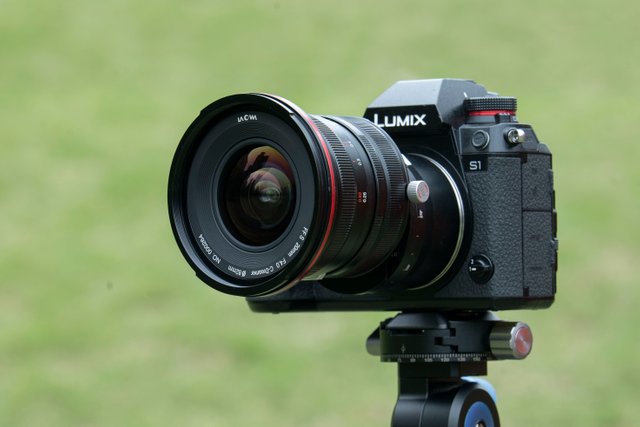
The Laowa FF S 20mm does extremely well in terms of its design. The shift function itself is easily controllable via a control ring. Also, the Laowa FF S 20mm has the common focus ring and aperture ring. The focus ring and the shift control ring are similar in width, while the aperture ring between them is relatively narrower which may puzzle some photographers.
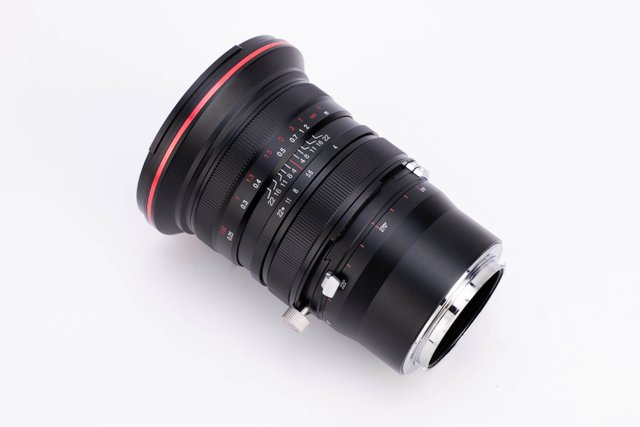
The focus ring is silky-smooth in operation and enables very precise adjustments, especially when using the focus peaking option of mirrorless cameras or a magnified preview in both mirrorless and DSLR bodies. The aperture ring has a similarly smooth action, with barely perceptible click-steps at each full f/stop through the range of f/4 to f/22.
The focus ring has a really nice resistance which travels 90 degrees from the minimum focus distance (0.25m) to infinity.
The narrow aperture ring has full-stop click stops, not equidistant and an aperture range from f/4.0 to f/22. Considering the close distance between f/16 and f/22, a white dot has been used to distinguish.
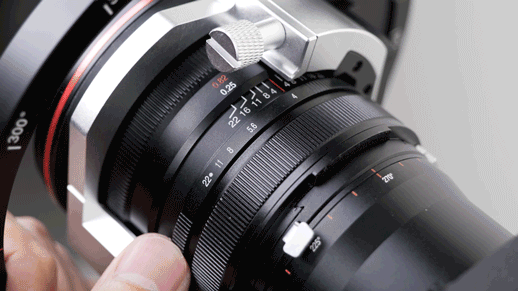
There is a locking knob on the side that you can rotate it to adjust the shift control ring.
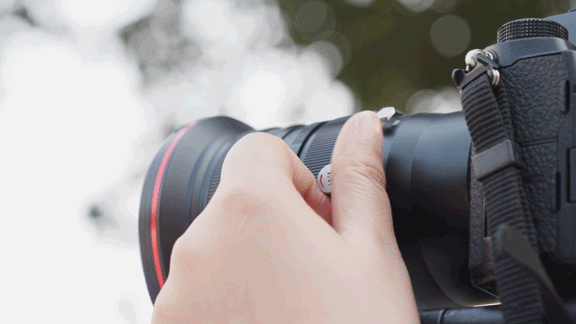
The amount of shift is ±11mm for full-frame cameras and ±8mm for medium format cameras, making it super easy to capture architectural and interior photography in a corrected perspective.
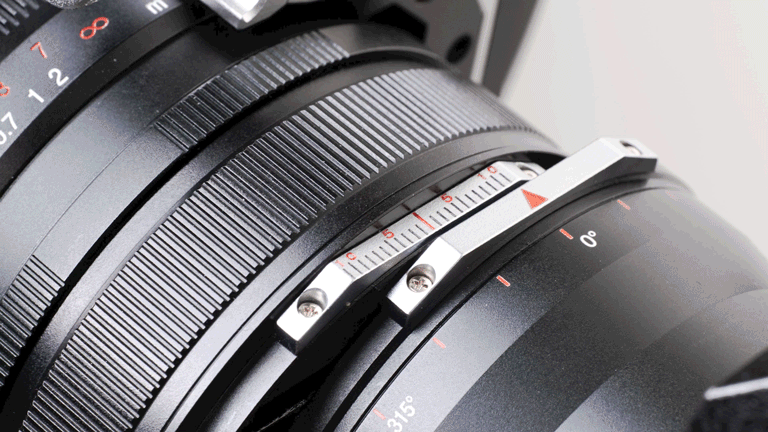
When turning the shift control ring, the behind structure can be seen from the end of the lens, which shows lubricant oil and flock fiber added as a cushion for adjustment.
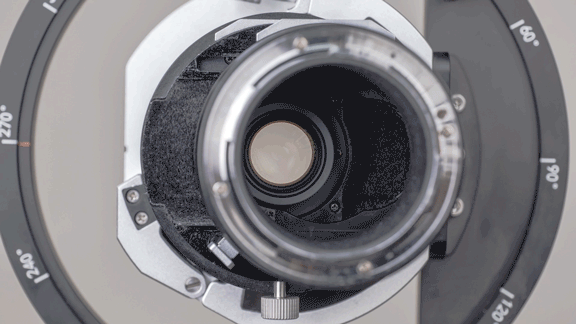
The Laowa FF S 20mm offers rotation through a full 360 degrees in 15-degree increments.
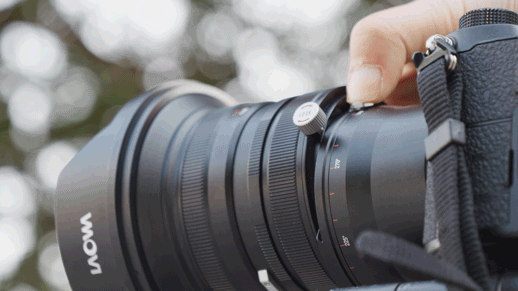
Together with the shift control ring, the lens enables up-down/ vertical and left-right/ horizontal movement at 0° and 270° respectively. And thanks to it, panoramic photos are not difficult to shoot anymore.
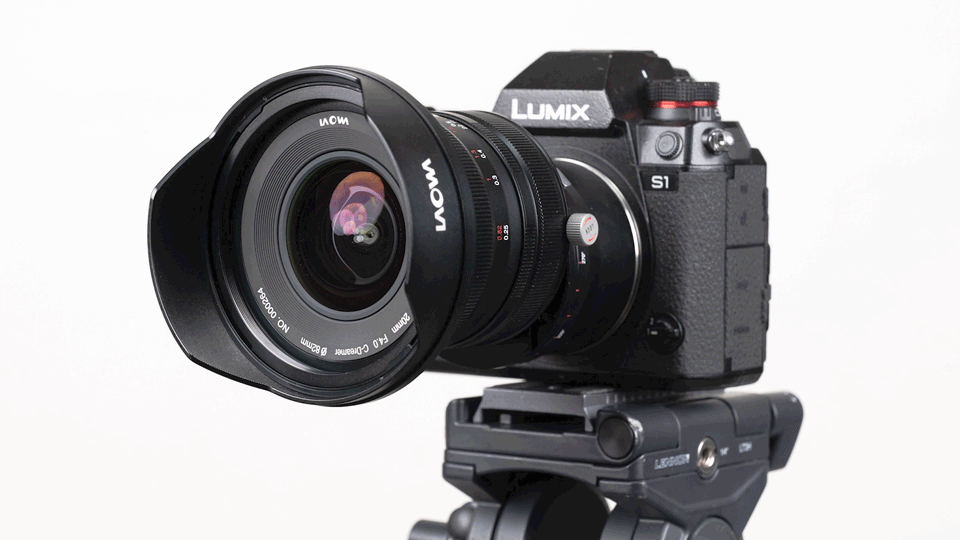
The high-grade optical path includes two aspherical elements and three ED (Extra-low Dispersion) elements, the full count totaling 16 elements arranged in 11 groups, a reflection of Laowa’s concern for chromatic aberration.
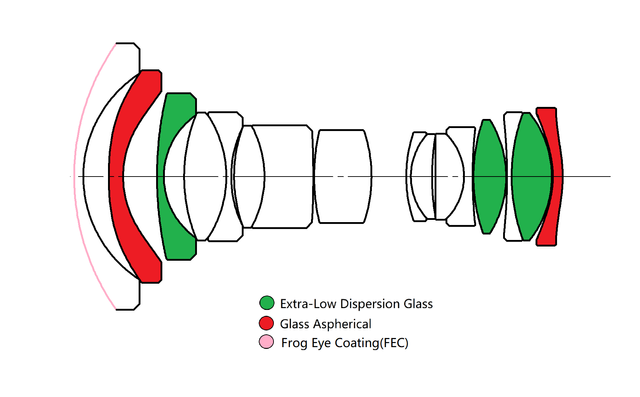
You can't use screw filters on the Laowa 15mm F4.5 because of the big convex front lens, however, the situation has changed. The Laowa 20mm Shift is designed with 82mm filter thread which a screw-in filter, including circular UV、ND or CPL filters can be utilized.
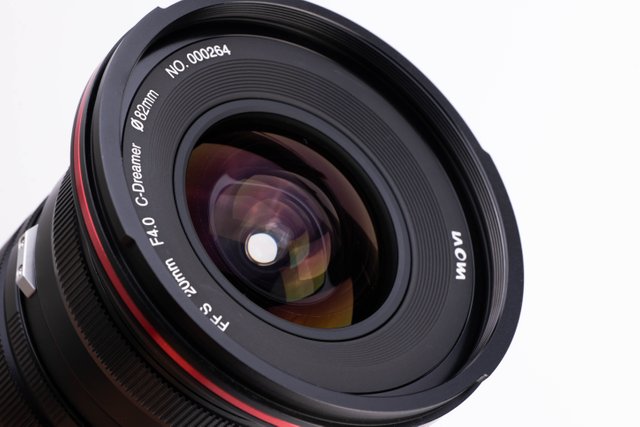
On top of that, the mount itself is fixed with four screws for enhanced protection. And the internal lens barrel, from the mount to the end of the lens group, is also covered by flock fiber, the same as the previous shift-control structure in efforts to soften lights. That, in turn would make it easier for dust to pile up.
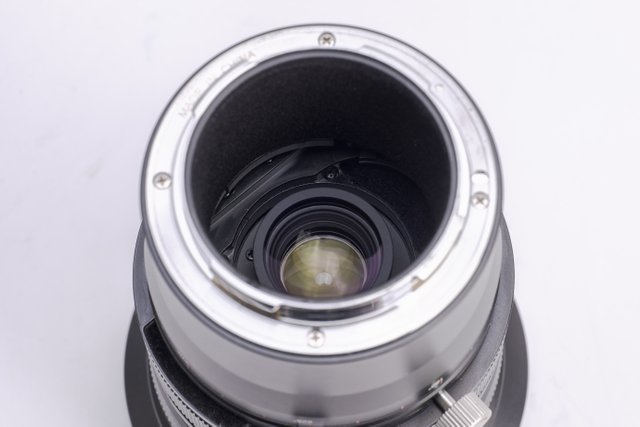
Moreover, the lens comes with a rotatable lens hood for avoiding flares and protecting the front lens element. The 360° rotatable lens hood can also be adjusted to avoid blocking the image during extreme shifts.
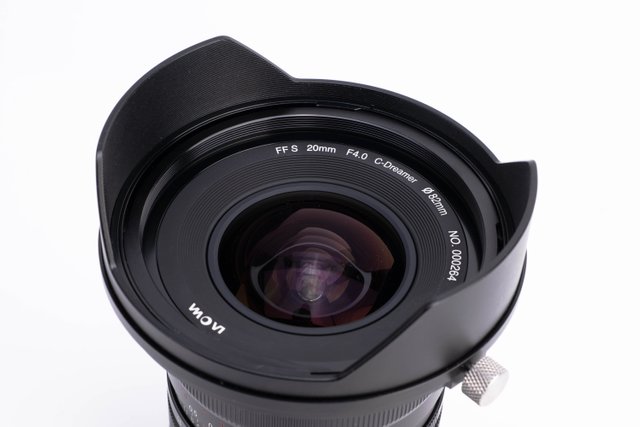
Performance
In our real-world tests, we've been testing the Laowa 20mm Shift, paired with Panasonic's LUMIX S1, without using the shift function. Note that the tested lens is an engineering sample, and the commercial version shall prevail.
001 Resolution
We’ll use ISO 12233 charts with the Laowa 20mm Shift at an aperture range of f/4 through f/22 and show you 100% crops at the center and corners.
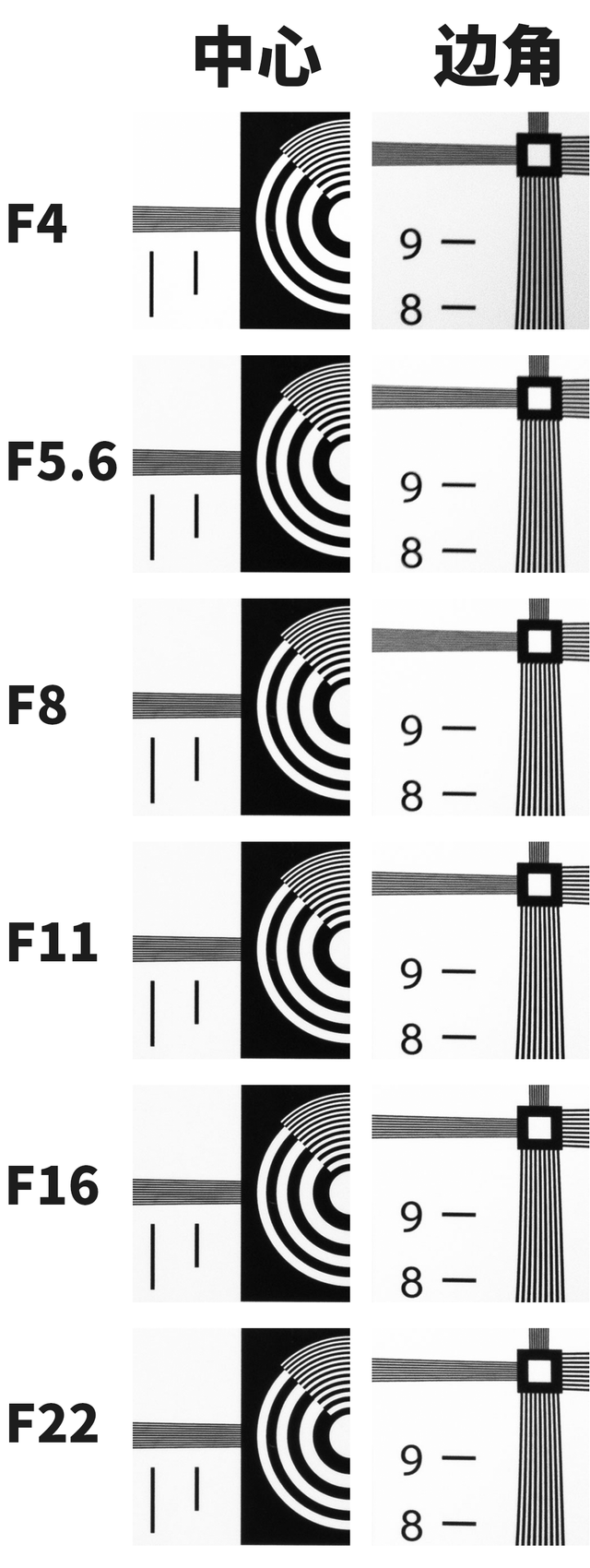
It’s clear that the resolution at f/4 demonstrates excellent in center and improves slightly at corners with the shrunk aperture.
002 Lens blur
The lens features a 14-bladed aperture diaphragm that can produce 14-point sunstars.
At F4, clean sunstars appear, with the sunstars becoming more pronounced as the aperture shrinks. The bokeh is not outstanding when shooting panoramas, although it is still more prominent at F4 than at other apertures. It’s not a problem in real-world shooting as the aperture range of f/11 to f/16 or f5.6 to f/11 is mostly adopted in structure photography.
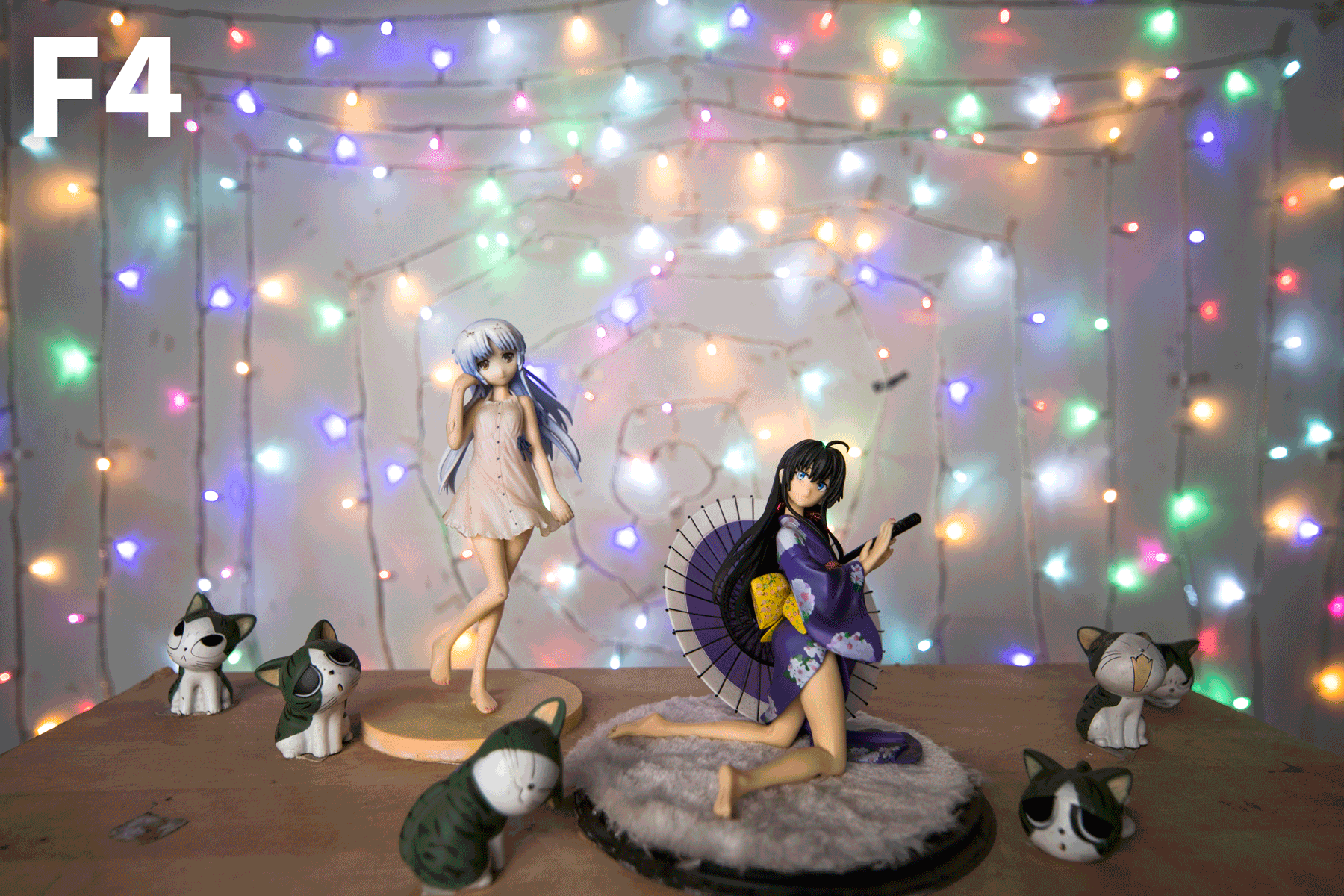
003 Lens distortion
Wide-angle lens with a focus length of 24mm or less is often plagued by pincushion distortion.
While, the Laowa 20mm Shift is claimed to deliver images with close-to-zero optical distortion. So how it performs in our real-world test. Let’s take a look at it.
You can see that there is hardly obvious pincushion distortion in the image with straight lines thanks to the addition of two aspherical lens elements. Aspherical lenses have long been known to effectively correct for the various types of lens aberrations that can occur in optical design as well as improve overall image quality.
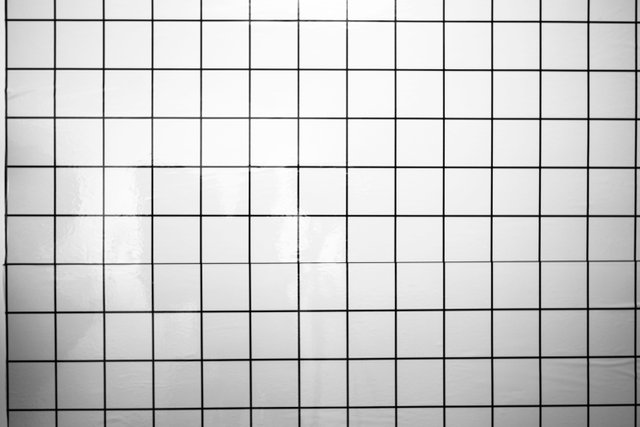
004 Vignetting
From the GIF, you can see the visible vignetting at f/4, which slowly decreases as the aperture is shrunk. At F5.6, most of vignetting has disappeared in the image.
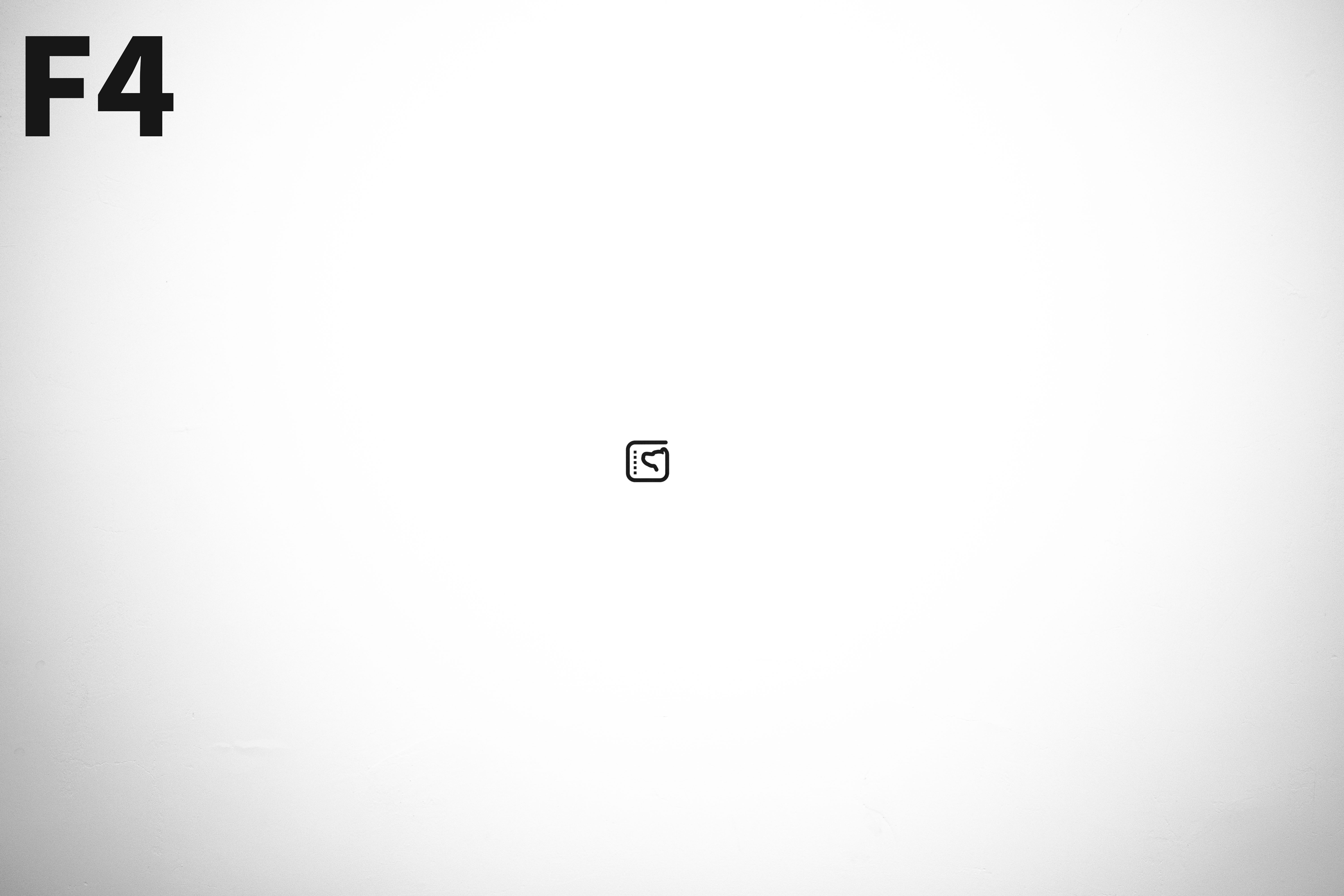
005 Chromatic aberration
There is slight chromatic aberration at f/4. But, this is largely improved at F5.6.
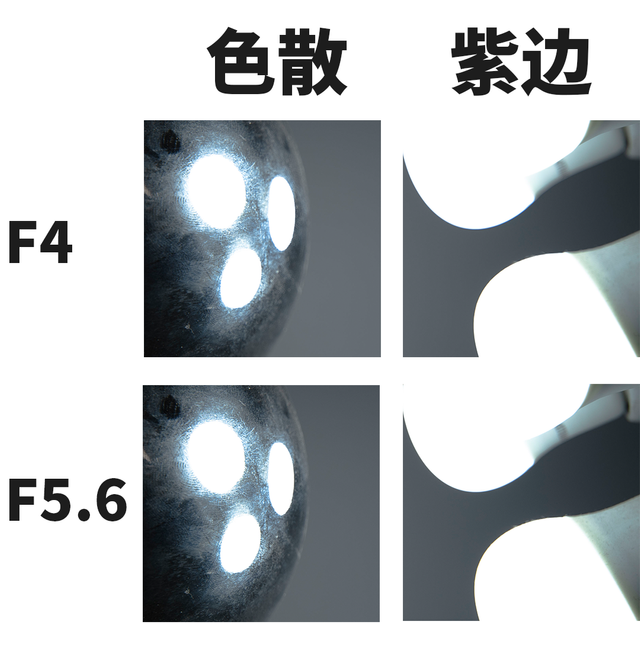
006 Focus breathing
Focus breathing is a term that describes the change in focal length that occurs as a result of adjusting the focusing distance of a lens. As tested, the Laowa 20mm Shift has almost no focus breathing issue which is hard to be caught up with by wide-angle lenses.
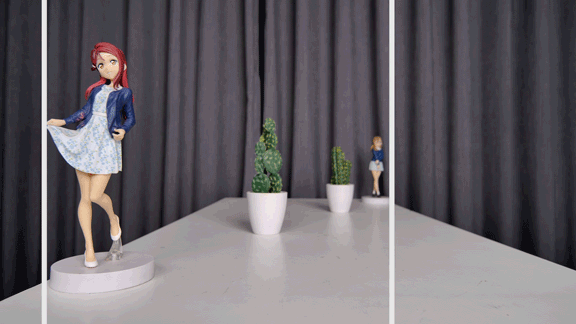
Real-world test
Tilt-shift lenses are long known as perfect equipment for structure photographers to control perspective distortion and complete high-quality image stitching.
Generally, when we photograph a tall building with a conventional 20mm wide-angle lens, only part of and the front background of a building can be captured horizontally. Worse, a low-angle shot will result in the base of the building tends to look disproportionately broader than the top, which is also called the tapered effect. To deal with it, some may look for another building adjacent to this one to shoot at a higher position. That, however, has its limits in that there are many situations where certain floors or buildings are not allowed to enter.
(Shoot upwards)
(Perspective distortion improved with upward increase of shift amount)
So, what’s the secret behind the shift lens?
The new 20mm f/4 Shift lens has a 94.4-degree angle of view that extends to up to 117-degrees when used for panoramic photography. The Laowa 20mm f/4 covers a 65mm image circle, allowing it to shift +/- 11mm on full-frame cameras.
As the image circle formed by a shift lens is larger than the image circle of conventional lenses, you can simply use the Shift function to slide the lenses off-centre, hence changing the part of the scene that is captured in the image.
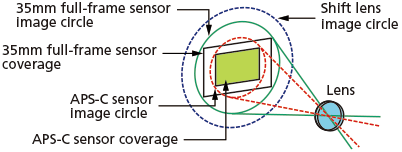
It’s honored to invite Jiang Jihang, a famous photographer in Chongqing, China to shoot samples with the Laowa 20mm f/4 Shift lens.
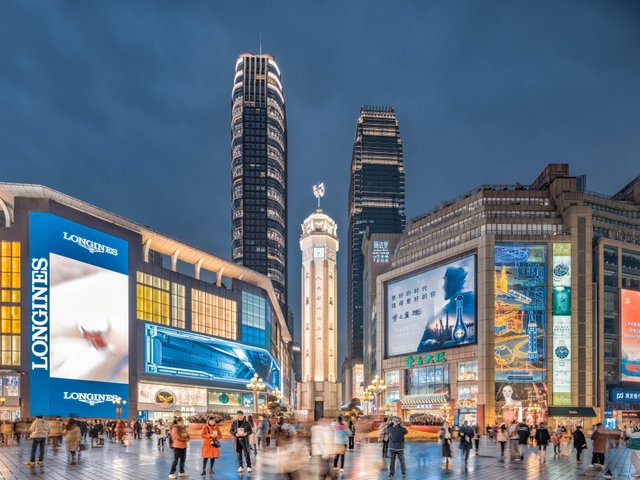
(FUJIFILME GFX100S + LAOWA 20mm F4.0; ISO100 0.8s / Image by Jiang Jihang)
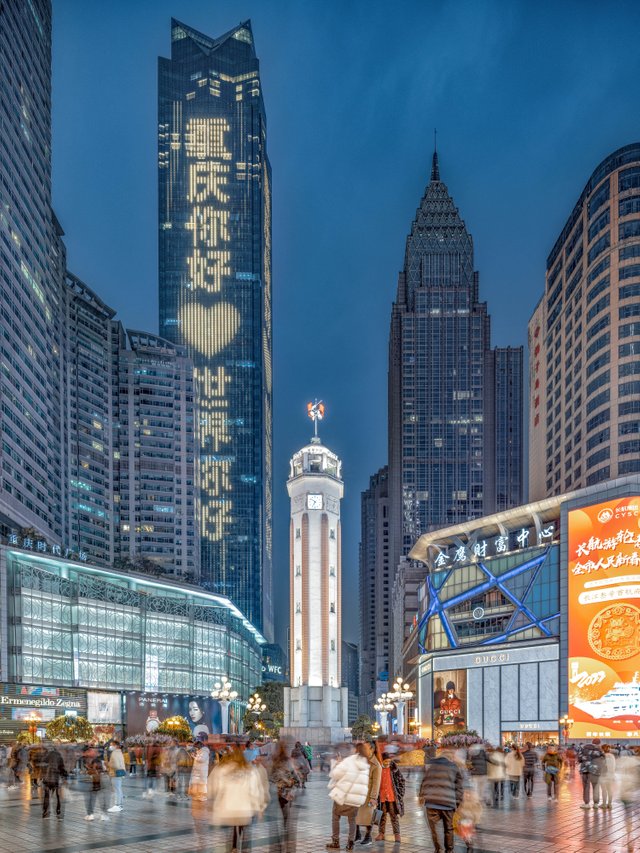
(Image by Jiang Jihang)
This is the People’s Liberation Monument in the Yuzhong District, Chongqing, China, which is kind of like Times Square in New York. For this shot, Mr Jiang shifted the lens upward by 8mm which clearly shows original shapes of the complex and stresses highlights by blurring crowds.
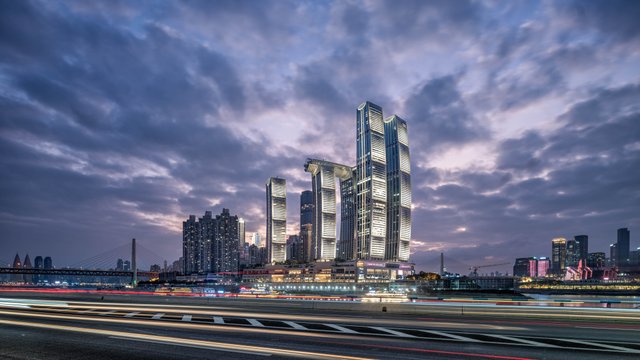
(Image by Jiang Jihang)
This is Raffles City Chongqing, which is suite of eight buildings in Yuzhong District, Chongqing, China, developed by Singapore real estate developer CapitaLand. Venus Optics says that thanks to its large image circle, the maximum possible shift amount of the lens is ±11mm for full-frame cameras and ±8mm for medium format cameras.
The shift function demonstrates itself well in perspective distortion. But during the blue hour, the remaining sunlight takes on a mostly blue shade. This shade will result in vignetting around the edges of the image which, however, can be removed in the post-production process.
The Laowa 20mm f/4 Shift lens features a 14-bladed aperture diaphragm that the company says was used to allow commercial architecture photographers to produce pleasant 14-point sunstars while also creating a smooth circular bokeh when shooting objects closer to the lens.
The following picture is shot by Mr Jiang in Hong'ensi Forest Park which shows quite a lot point light sources. Nevertheless, sunstars in the image is not exaggerated but pleasant, which therefore make the shit lens suitable for commercial architecture photography.
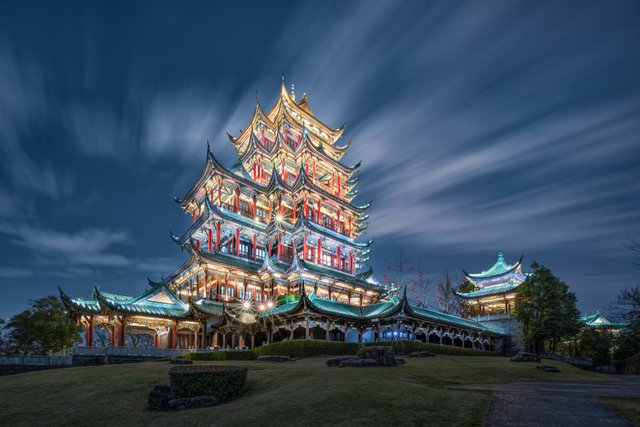
(Image by Jiang Jihang)
What follows is related to image stitching.
Since the illumination in two views cannot be guaranteed to be identical, stitching two images could create a visible seam due to the presence of perspective distortion.
As the image circle formed by a shift lens is larger than the image circle of conventional lenses, you can simply use the Shift function to slide the lenses off-centre. For example, we shifted the lens horizontally by 5mm to shoot two pictures for image stitching, which is free from perspective distortion.

No squeeze or distortion appears in Photoshop.

.jpg)
Shifting a lens will help reduce the amount of curve normally seen in stitched images taken at wide angle. In addition, using a shift lens helps remove computer work later on. That’s why we highly recommended you to own one.
Verdict
Speaking of Laowa, various niche lenses may come to mind that include the Laowa 24mm F14 2x Macro Probe Lens, world’s first consumer lens which focuses 2:1 macro to infinity with a "bug eye" perspective and Laowa’s Argus series.
Venus Optics (the brand 'Laowa') is a Chinese manufacturer of photographic lenses, specialized in the design of innovative macro, wide angle, shift and f/0.95 lenses. Now, after years of continuous development, Laowa has made a huge progress in its unique Zero-Distortion image tech.
The new 20mm f/4 Shift lens is excellent with minimal distortion, chromatic aberration, and flaring and so on. The shift function is useful not only for photographing architecture, but also for portraiture, product photography, and any other scenes where you need to eliminate perspective distortion and capture the shape of the subject accurately. We’re sure the lens is more than worth its price.
